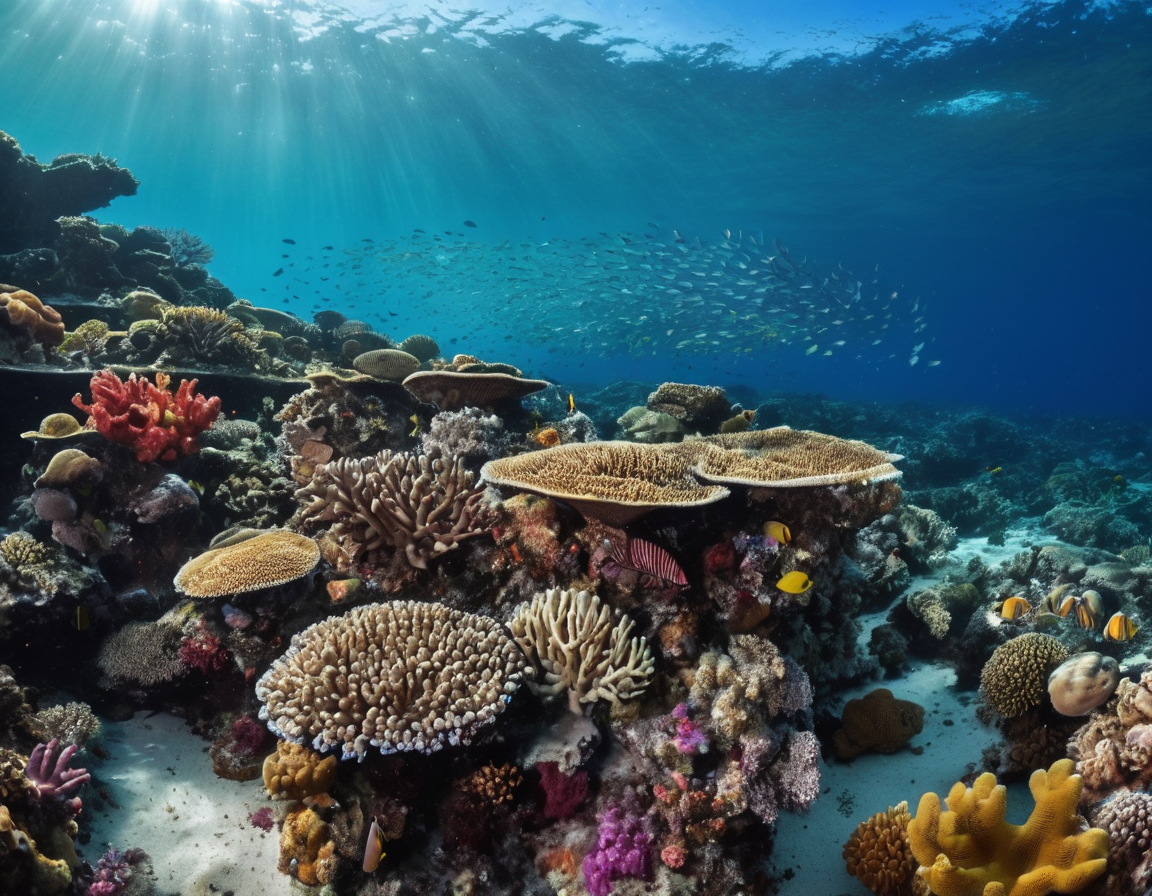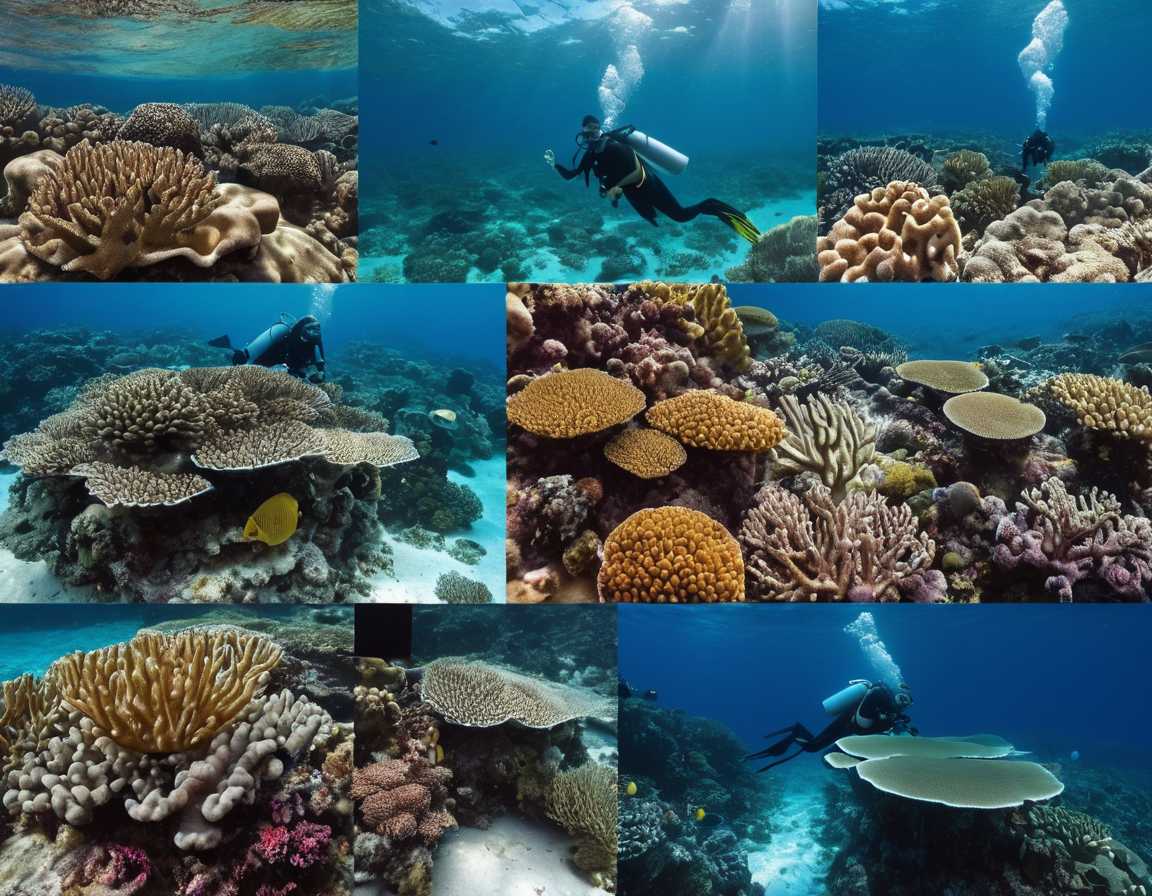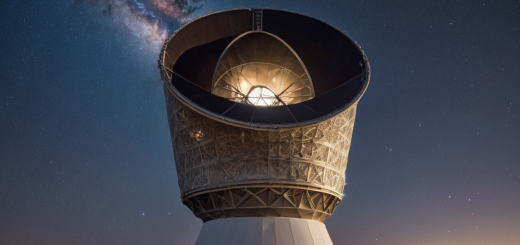Reviving Our Oceans: The Story of Coral Restoration
Reviving Our Oceans: The Story of Coral Restoration
Our oceans are vast repositories of astonishing biodiversity, playing a critical role in the health of the earth’s ecosystems. Among their many inhabitants, corals are fundamental to marine life. However, they face the continual threat of destruction due to climate change, pollution, and other human-induced factors. This post delves into the inspiring journey of coral restoration efforts as detailed in a Wikipedia article, shedding light on how scientists and communities are fighting to save these precious oceanic treasures.
Understanding Coral Reefs and Their Importance
Coral reefs are often referred to as the ‘rainforests of the sea’ due to their rich diversity. They provide essential habitats for a multitude of marine organisms, offer coastal protection from storms and erosion, and are valuable sources for potential medicines. Despite covering less than 1% of the ocean floor, they support an estimated 25% of all marine species.
The Plight of the Corals
Corals have existed for hundreds of millions of years, yet human activities have accelerated their decline. Climate change leads to coral bleaching and ocean acidification, both catastrophic for coral health. Overfishing, pollution, and harmful fishing practices further damage these delicate ecosystems.

The Rise of Coral Restoration
Responding to the crisis, scientists and conservationists have initiated coral restoration projects across the globe. These projects involve cultivating coral in nurseries and transplanting them to degraded areas. Efforts such as the ‘Coral Gardeners’ have galvanized communities, especially in regions like Florida and the Great Barrier Reef, to actively participate in restoration activities.
Techniques in Coral Restoration
There are several methods employed to restore coral reefs. ‘Fragmentation’ is a process where naturally broken corals are collected and attached to underwater structures to regrow. ‘Microfragmentation’ involves growing small coral pieces faster to increase genetic diversity. In ‘larval seeding,’ coral spawn are reared and released onto reefs to settle and grow.
Success Stories and Challenges Ahead
While there have been successes like the recovery of certain degraded reefs, the challenges remain immense. Funding, scaling up projects to be more impactful, and combating the underlying causes of coral decline continue to be significant hurdles.

How You Can Help
There are actionable steps that individuals can take to support coral restoration. Reducing carbon footprints, responsible tourism, supporting reef-friendly businesses, and advocating for marine protected areas are crucial ways to make a difference.
Conclusion
The journey of coral restoration is an ongoing battle to preserve the biodiversity of our oceans. By understanding and championing these efforts, we can ensure that coral reefs continue to thrive for future generations. Together, we can restore and protect these cornerstones of marine life.
To learn more about the efforts in coral restoration and how you can be a part of the solution, visit the original Wikipedia article here. Dive into an ocean of information and take action today!






